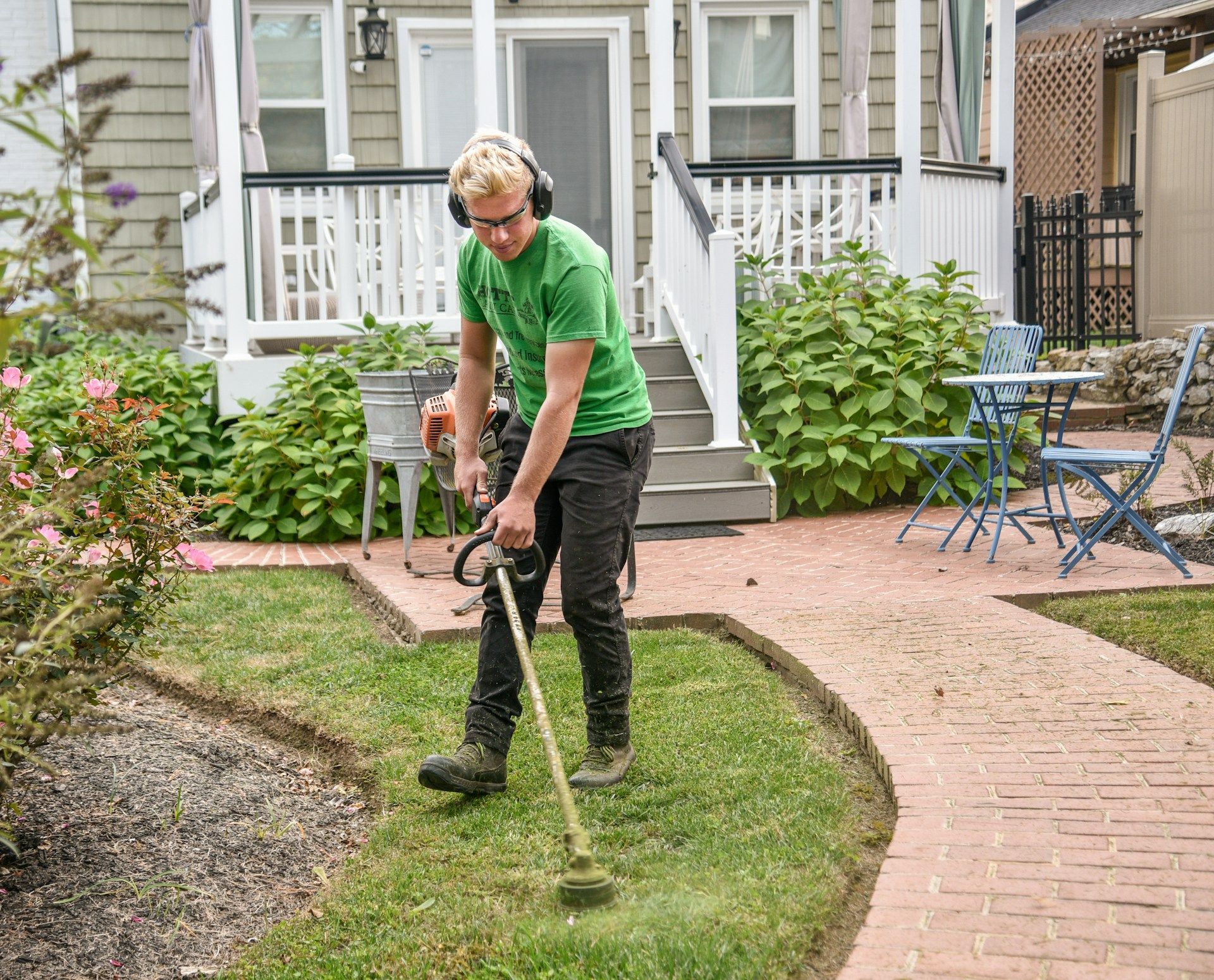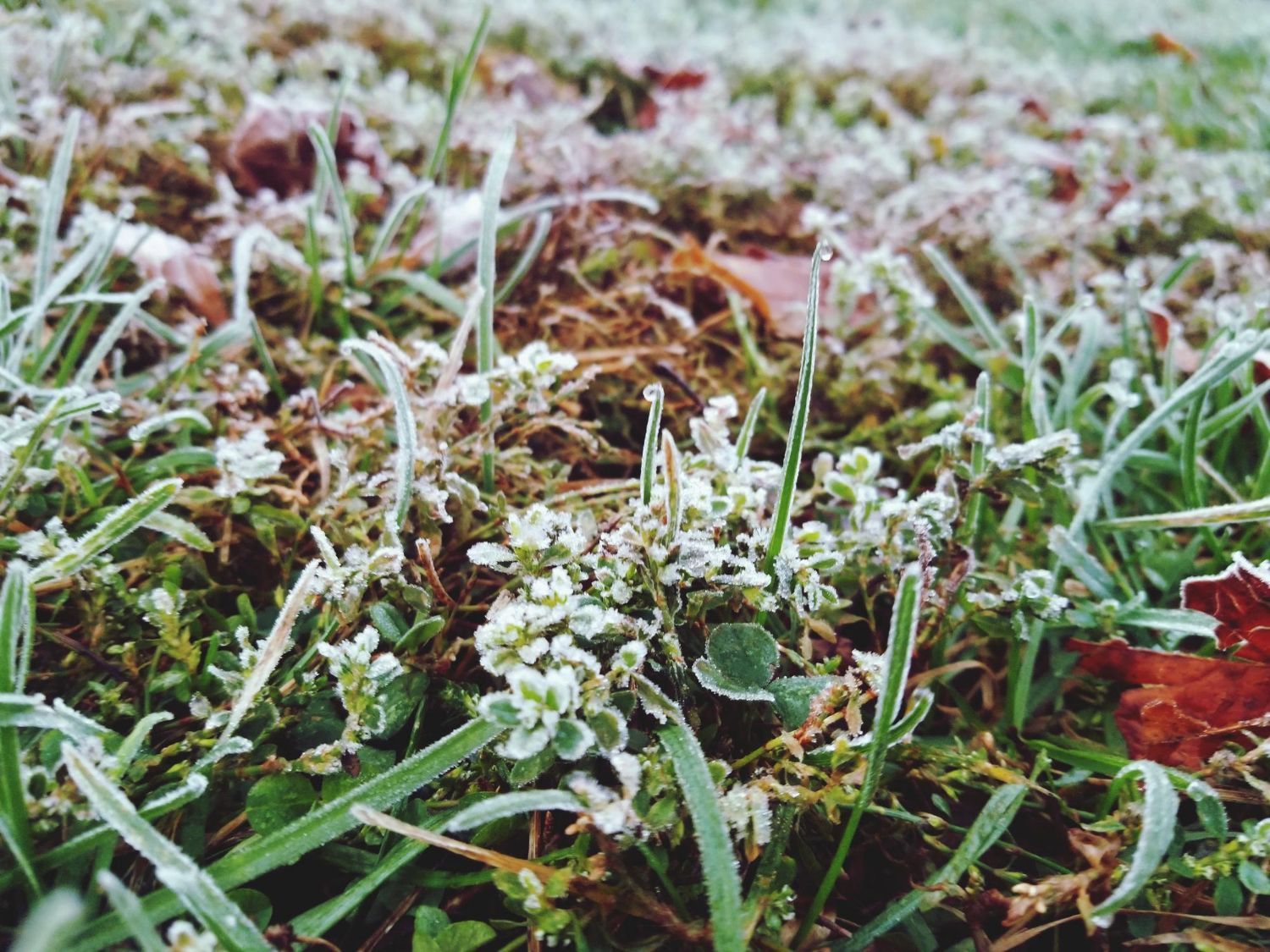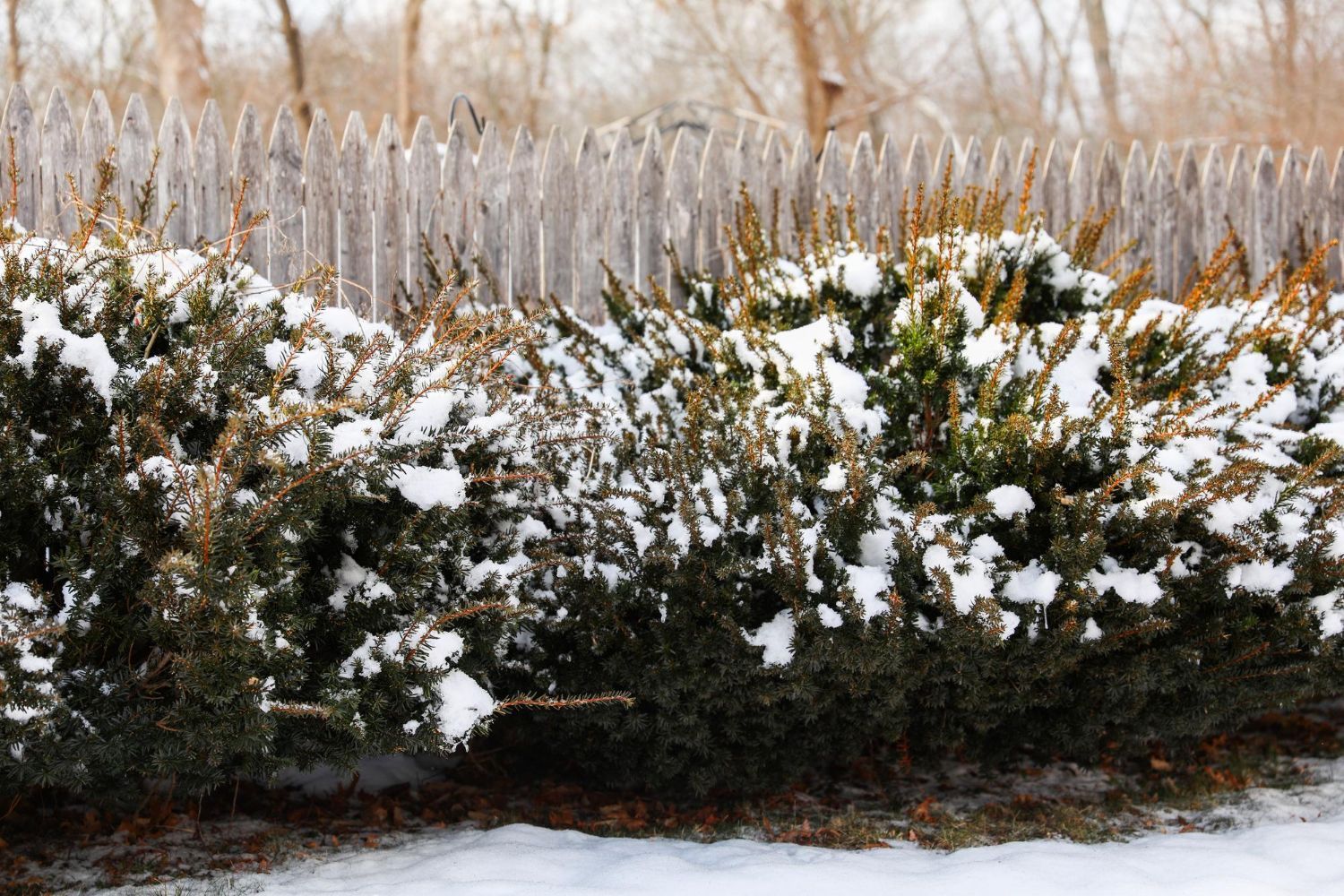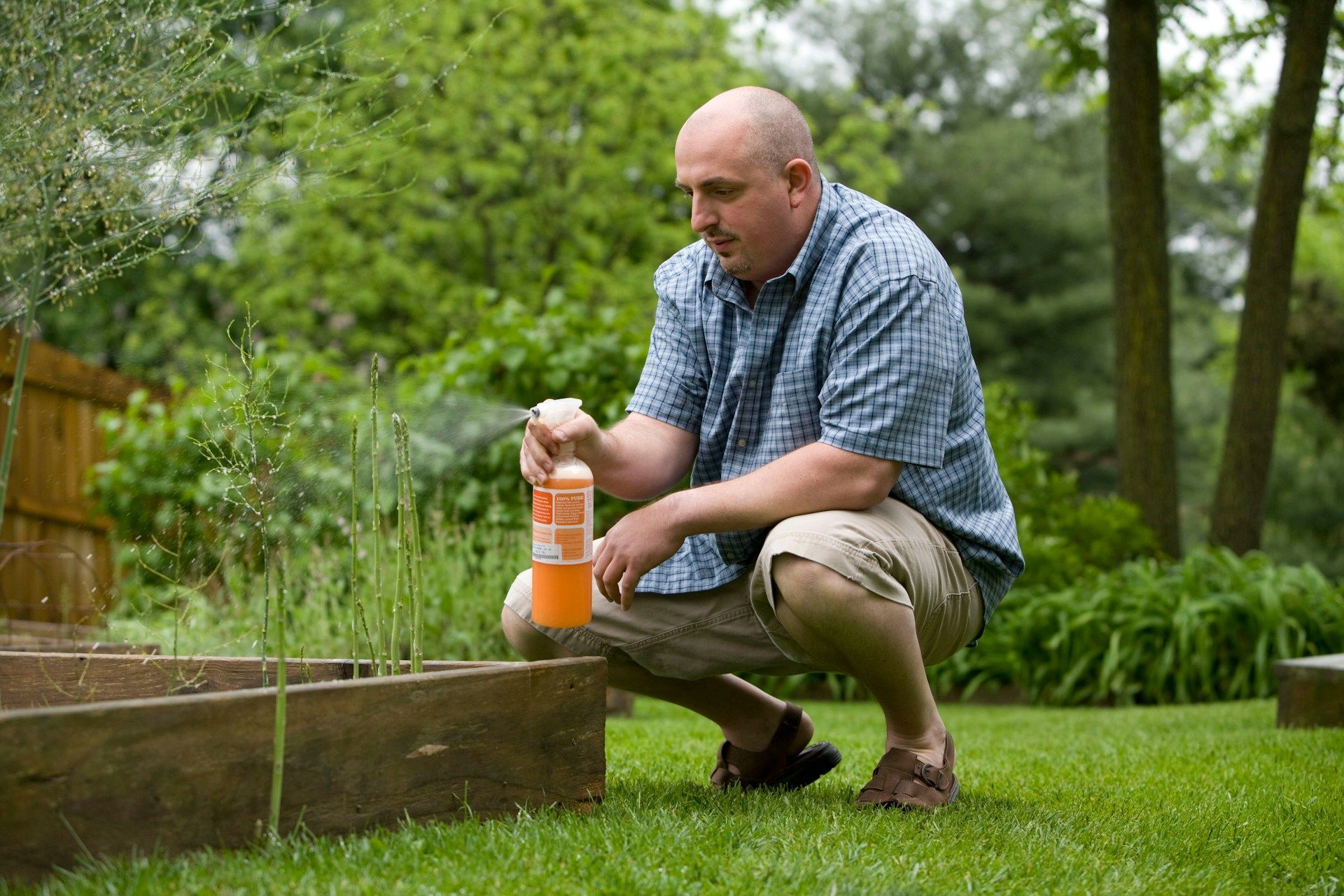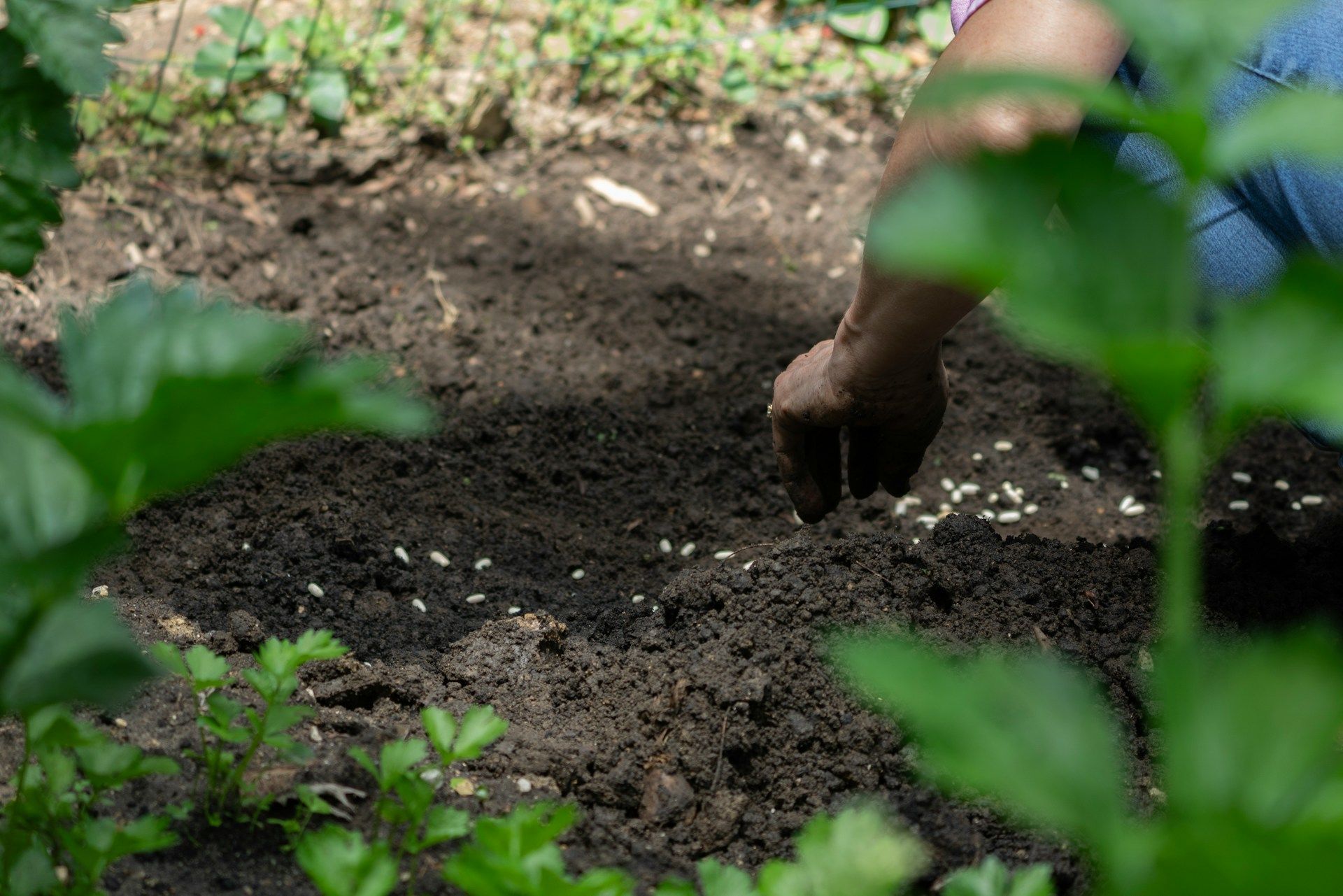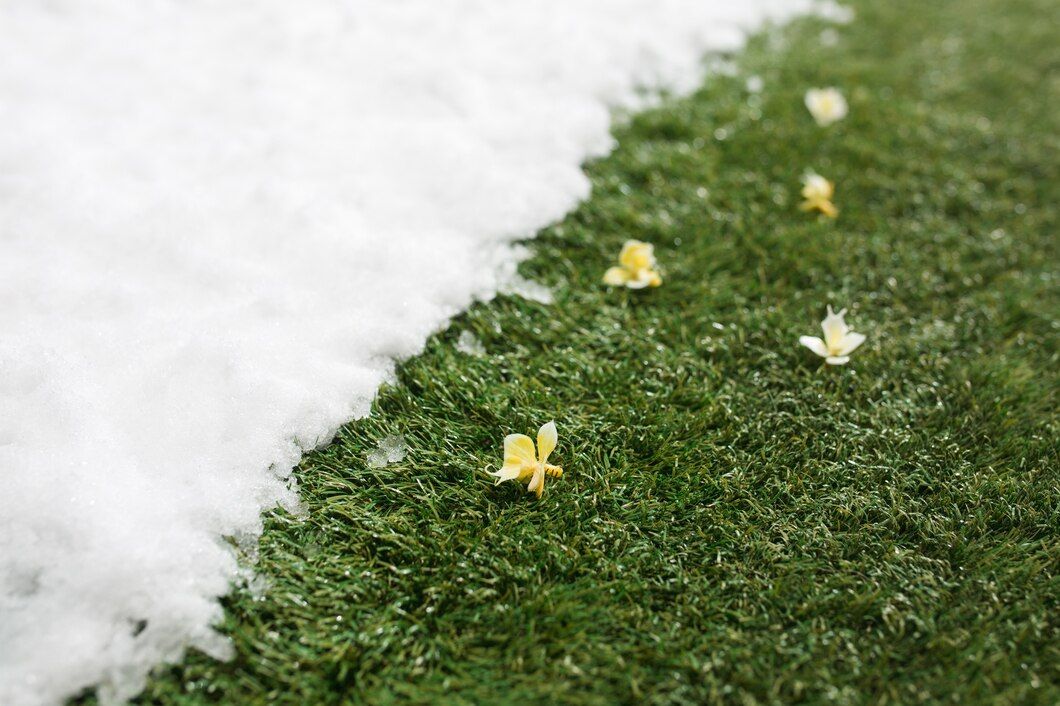What Our Customers Are Saying
Effective Thatching: Tips and Tricks for a Bountiful Lawn
Thatching your lawn is like giving it a mini makeover. It’s about removing the layer of dead grass, roots, and debris that can build up over time and prevent your lawn from looking its best. This layer, known as thatch, can be a big problem if it gets too thick. It blocks water, nutrients, and air from reaching the soil where they're needed most, and this can make your grass weak and more likely to get sick.
In New Jersey, where our gardens and yards face everything from heavy rains to hot summers, taking care of thatch is especially important. If we manage it well, our lawns can be lush, green, and healthy. Think of it as routine maintenance; just like we take our car to the shop to keep it running smoothly, our lawns sometimes need a little extra care to stay in top shape.
Through this article, we’ll walk you through why thatch buildup can be a problem and how you can maintain your lawn’s health by managing it properly. Whether you’re a seasoned gardener or just starting out, understanding thatching will help you keep your outdoor space looking great. Let's dive into the basics and get your lawn ready for a fresh, vibrant look.
What is Thatching and Why Is It Important?
Thatching refers to the practice of removing the layer of dead turfgrass tissue known as "thatch" from the top of your lawn. This layer, which lies between the green vegetation of your grass and the soil underneath, is made up of roots, stems, and leaves that haven't decomposed. While a small amount of thatch can be beneficial—acting as a mulch to regulate soil temperature—too much can prevent moisture, oxygen, and nutrients from reaching the soil effectively.
Why is managing thatch so important? Imagine wearing a thick coat in summer; it would make you quite uncomfortable, right? Similarly, when your lawn's soil is smothered by a thick layer of thatch, it can't breathe, absorb water properly, or receive nutrients.
This can lead to a variety of lawn health issues, such as reduced growth, increased susceptibility to diseases, and a greater vulnerability to pest infestations. By maintaining an appropriate level of thatch, we ensure our lawn stays healthy, absorbs water better, and grows more resilient against stressors.
Identifying the Need for Thatching Your Lawn
Knowing when your lawn needs thatching is key to maintaining its health and beauty. Typically, if your thatch layer is more than a half-inch thick, it's time to consider thatching. You can measure this by taking a small, shovel-sized scoop of turf from your lawn. Examine the cross-section of your turf; the thatch is the spongy layer between the grass blades and the soil.
Another sign is water runoff. If you notice water flowing off your lawn rather than absorbing into the soil after watering, it might be due to excessive thatch blocking moisture penetration. Your lawn may also feel overly springy when walked upon, which is a tactile cue that thatch might be too thick. Additionally, if you observe patchy areas where grass doesn't grow well or seems constantly dry, thatch could be hindering its growth.
Regular monitoring and understanding these signs help us decide the right time for thatching, ensuring your lawn gets the care it needs without unnecessary intervention. By staying alert to these indicators, we can schedule thatching at just the right time to promote the healthiest growth.
Step-by-Step Guide to Thatching Your Lawn
Thatching your lawn doesn't have to be overwhelming; with the right tools and a bit of know-how, it’s a task you can manage over a weekend. First, choose a cool, overcast day to avoid stressing the grass. You’ll need a dethatching rake for a small lawn or a power dethatcher for larger areas, both of which can be rented from local garden centers.
Begin by mowing your lawn to about half its normal height to make the thatch more accessible. Next, start dethatching by pushing the rake or guiding the power dethatcher over your lawn in a pattern that covers the area thoroughly.
This process will pull up clumps of thatch and dead material, which you should remove and compost if possible. For large lawns or severe thatch problems, you may need to pass over the lawn multiple times or in different directions to effectively remove all the thatch.
Once you’ve finished dethatching, give your lawn a good watering to help it recover. It’s normal for your lawn to look a bit rough after dethatching, but this is temporary as long as the next steps are followed properly for lawn recovery.
Post-Thatching Care for Optimal Lawn Health
After dethatching, your lawn is particularly vulnerable and needs proper care to return to its lush, green state. Start by watering deeply and regularly, without letting the soil become waterlogged. This helps the grass recover and grow new roots.
In the next couple of weeks, apply a balanced fertilizer to provide essential nutrients that promote healthy growth. If you notice bare patches, this is a good time to overseed; choose a seed that matches your existing lawn type for consistent growth and appearance.
Continuing regular maintenance—like mowing at the correct height and aerating the soil annually—will keep your lawn healthy and prevent thatch from building up quickly again. Monitoring your lawn’s health through the seasons allows you to catch any issues early, ensuring ongoing vitality.
Thatching Your Way to a Greener Lawn
Ultimately, maintaining a stunning lawn is not just about aesthetic appeal but about creating a healthy environment for your outdoor activities. If the process of thatching and maintaining your lawn seems daunting, we’re here to help. At Healthy Lawn, we provide professional
lawn care services tailored to the specific needs of New Jersey homeowners. Reach out to us, and let’s keep your lawn looking its best, without the hassle.


